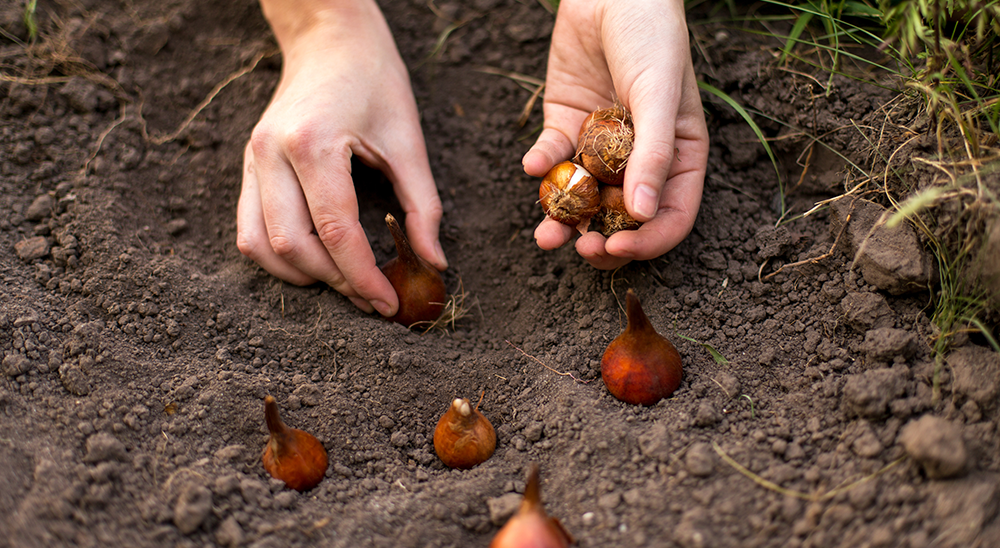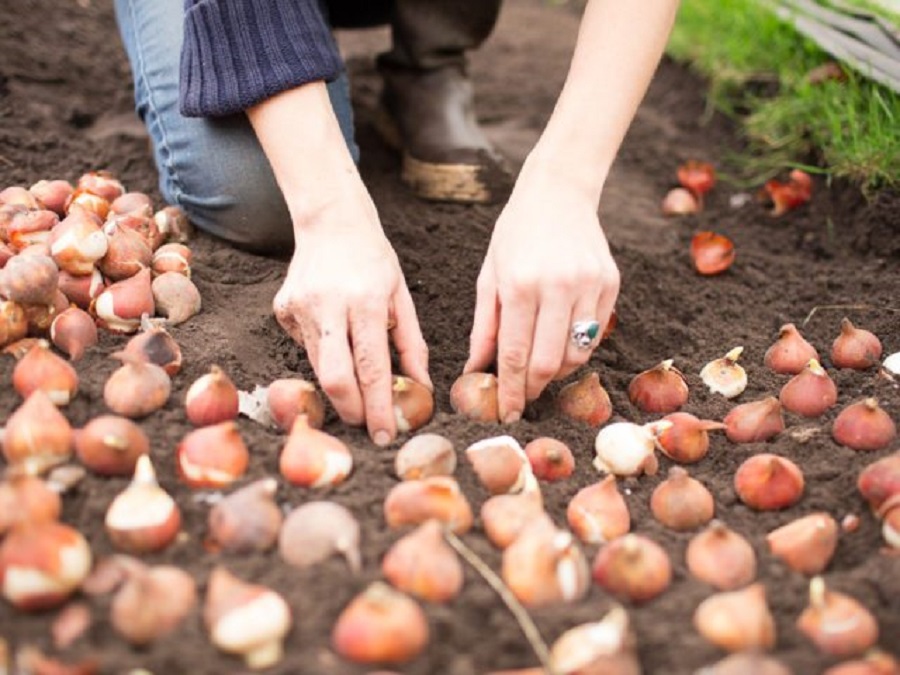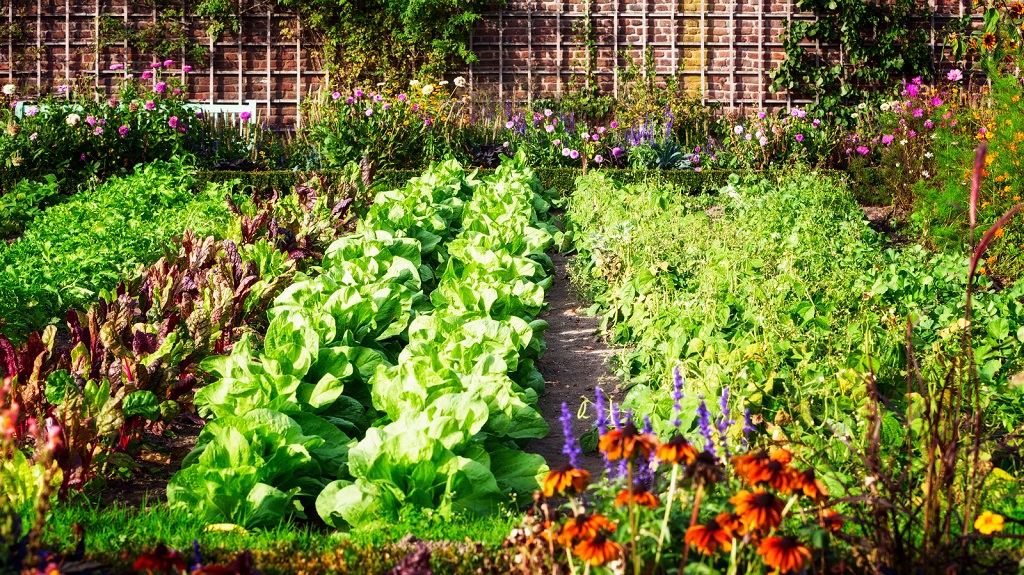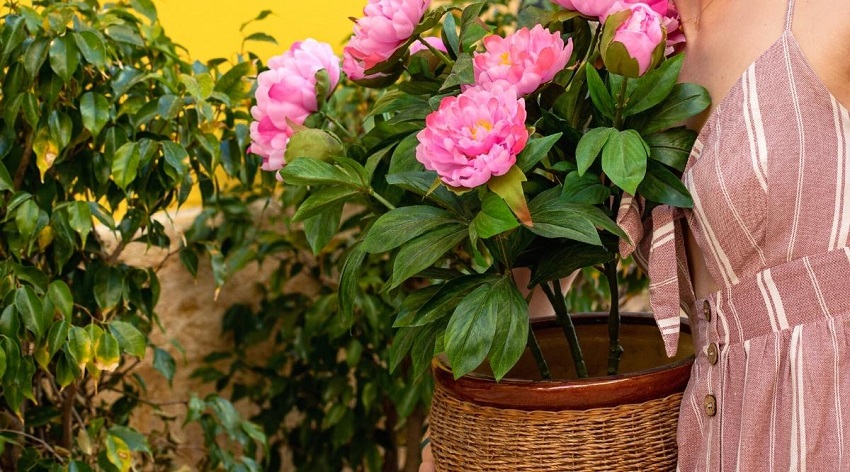Those spring flowers of vibrant colors and elegant shapes, Tulips are a coveted addition to any garden. Whether an accomplished gardener or a novice, planting tulip bulbs can bring color and beauty to your outdoor haven. But when exactly should you plant tulip bulbs? We’ll dive into everything you need to know about planting tulip bulbs, including the optimal planting time, how to select the best bulbs, and top tips for tulip care.
The Ideal Time for Planting Tulip Bulbs
Selecting the perfect planting time for tulip bulbs ensures they flourish in the spring. Several factors, such as the planting season, weather conditions, and soil temperature, can impact the timing.
Planting Season
Typically, the best time to plant tulip bulbs is in the fall, from September to November. This planting season allows the bulbs to establish their root systems and get ready for their winter dormancy period. Spring planting can result in poor or no blooming, as the bulbs may not have enough time to develop their root systems.
Weather Conditions
It’s essential to plant tulip bulbs when the soil is cool but not frozen. If planted too early, they may sprout prematurely, which can harm their growth. If planted too late, the bulbs may not have ample time to establish their root systems before the winter freeze.
Soil Temperature
Tulip bulbs should be planted when the soil temperature is around 55-60°F (12-15°C). At this temperature, the bulbs will start to root and establish themselves in the soil. Planting tulip bulbs when the soil is too warm can cause the bulbs to sprout prematurely, leading to stunted growth.
Choosing the Right Bulbs
Picking the correct tulip bulbs is crucial to ensure successful blooming in the spring. Here are some factors to consider when selecting your bulbs.
Variety of Tulip Bulbs
Several types of tulip bulbs are available, such as early-flowering, mid-season, and late-flowering varieties, each with a unique blooming period. Selecting bulbs that will bloom at the desired time in the spring is crucial.
Bulb Size and Quality
The size and quality of the bulbs you select will also affect their growth and blooming. Larger bulbs generally produce bigger flowers, while smaller bulbs may produce smaller or none. Look for bulbs that are firm and free of mold or soft spots.
Soil Preparation
Tulip bulbs thrive in nutrient-rich, well-draining soil. Before planting, loosen the soil to a depth of at least 12 inches (30 cm) and amend it with compost or other organic matter. This will improve drainage and give the bulbs the nutrients they need to thrive.
Planting Location
Select a planting location that receives at least 6 hours of sunlight daily and is protected from strong winds. Tulips prefer slightly acidic soil with a pH between 6.0 and 7.0.
Planting Depth
Tulip bulbs should be planted at 6-8 inches (15-20 cm) below the soil surface. Planting at this depth will safeguard the bulbs from freezing and ensure they have enough room to grow.
Planting Your Tulip Bulbs
Now that you have prepared your garden, it’s time to plant your tulip bulbs. Here are some tips to follow when planting your bulbs.
Planting Technique
When planting tulip bulbs, space them at least 4-6 inches (10-15 cm) apart to allow room for growth. To plant, dig a hole to the appropriate depth and place the bulb with the pointed end facing upwards. Cover the bulb with soil and gently firm the soil around it.
Watering and Fertilizing
After planting, water your bulbs thoroughly to help them establish their root systems. Avoid overwatering, as this can cause the bulbs to rot. It’s also important to fertilize your bulbs with a balanced fertilizer to provide them with the nutrients they need to grow.
Mulching
Mulching your tulip bulbs can help retain moisture and regulate soil temperature. Use a layer of organic mulch, such as leaves or straw, to cover the soil surface around your bulbs.
Caring for Your Tulips
Once your tulips have sprouted, it’s crucial to care for them correctly to ensure a healthy bloom in the spring. Here are some tips to follow when caring for your tulips.
Watering
Tulips require regular watering, especially during dry spells. Water deeply once a week to help the bulbs establish strong root systems.
Pruning
After your tulips have bloomed, it’s essential to deadhead them to prevent seed formation and promote stronger growth in the following year. Remove the spent flowers and stems as close to the base as possible.
Pest Control
Tulips are susceptible to a variety of pests, including aphids and slugs. Keep your garden clean and debris-free to prevent infestations, and use organic pest control methods, such as handpicking or natural predators.
In Conclusion
Planting tulip bulbs is an excellent way to add color and beauty to your garden. By selecting the right bulbs, preparing your garden correctly, and caring for your tulips, you can enjoy a vibrant bloom in the spring. Remember to plant your bulbs in the fall, choose a well-draining soil, and water and fertilize your bulbs regularly. With these tips, your garden will be a haven of beauty and color for years.





